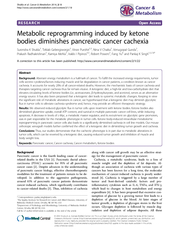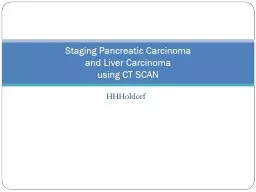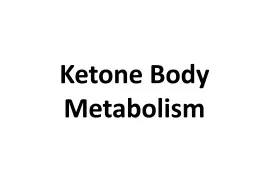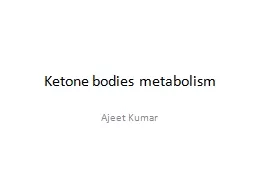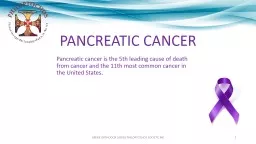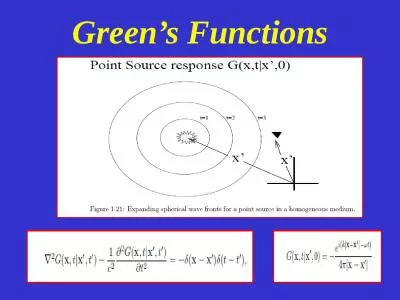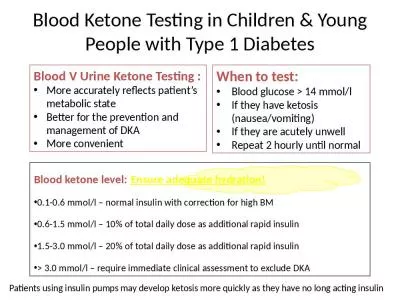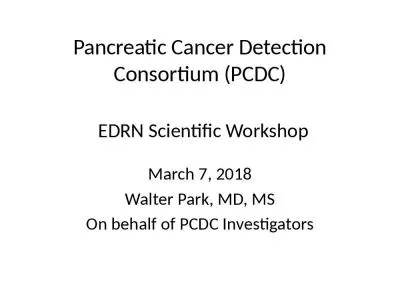PDF-Metabolic reprogramming induced by ketone bodies diminishes pancreatic cancer cachexia
Author : tatiana-dople | Published Date : 2017-08-15
cancerandmetabolismcontent2122 RESEARCH Open Access Metabolic reprogramming induced by ketone bodies diminishes pancreatic cancer cachexia Surendra K Shukla Teklab
Presentation Embed Code
Download Presentation
Download Presentation The PPT/PDF document "Metabolic reprogramming induced by keton..." is the property of its rightful owner. Permission is granted to download and print the materials on this website for personal, non-commercial use only, and to display it on your personal computer provided you do not modify the materials and that you retain all copyright notices contained in the materials. By downloading content from our website, you accept the terms of this agreement.
Metabolic reprogramming induced by ketone bodies diminishes pancreatic cancer cachexia: Transcript
Download Rules Of Document
"Metabolic reprogramming induced by ketone bodies diminishes pancreatic cancer cachexia"The content belongs to its owner. You may download and print it for personal use, without modification, and keep all copyright notices. By downloading, you agree to these terms.
Related Documents

